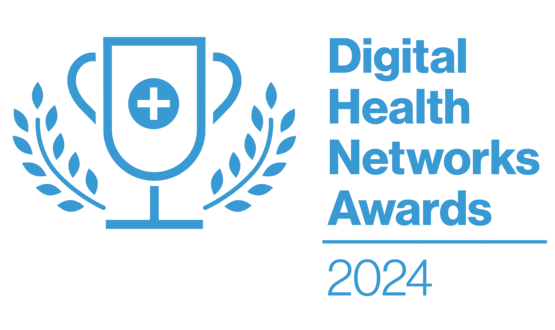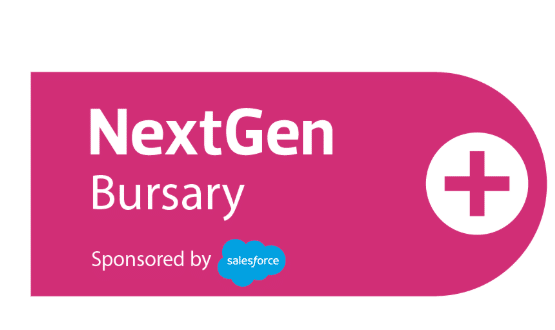Enter the CCG: referral management
- 10 March 2014

And now for a real corker of a problem – referral management.
Like every other clinical commissioning group, our CCG wants referrals to secondary care to be carried out cost-effectively. But this isn’t as simple as it sounds.
If our CCG creates large numbers of preferred referral protocols, will GPs really be able to remember each recommendation when next they need it – especially if that is in a consultation in which they have just ten minutes to deal with a patient’s problems?
That protocol about heart block we agreed four and a half months ago, for example. Life is now so pressurised for GPs that I can hardly remember what happened last week, never mind last year.
Surely software could help?
Surely software could help here? Or, as one of our locality chairs put it: “Can’t we have a ‘ScriptSwitch for referrals?” What a wonderful idea! Until you work out the practicalities, that is.
The problem isn’t actually a programming one: it’s a generic system problem. ScriptSwitch works (and works brilliantly) because when a clinician is preparing a prescription there’s a final, common pathway which the software can tap into.
It then analyses each draft prescription to see if it transgresses any of the internal rules that the CCG’s medicines optimisation team has put in.
If it passes all these tests, the prescription prints out as planned. If not, then a warning box comes up inviting the clinician to consider an alternative preparation, which might be cheaper or more appropriate (with reasons given by the computer).
Unfortunately, this simple principle doesn’t work with referrals because there are so many different ways of carrying them out.
Some clinicians use Choose and Book; some dictate a letter; others arrange the referral verbally with the patient and only then type anything into the computer; some hand-write a letter; and some delegate the whole business to a member of staff.
In other words, there’s no final common pathway which can be trapped – and therefore no easy way to create a ScriptSwitch-like system to offer suitable referral alternatives.
And if that wasn’t bad enough…
But there's worse to come. In breaking down the sequence of events used in deciding whether a referral could be performed more effectively, it turns out not to be a single problem but six overlapping ones combined.
- Is the referral actually needed? (Has the diagnosis been properly established? Has everything been done to diagnose and/or treat the patient in primary care?)
- Can the clinician be alerted when a patient is falling outside the currently recommended guidelines and needs intervention to bring them back into line?
- Is there a more cost-effective or more appropriate destination for this referral? (How can we show the clinician the recommended alternatives before he or she commits themselves in front of the patient? How can we display the price differential?)
- Does this patient meet the criteria for referral to the chosen unit? (Have all appropriate baseline tests, measurements and laboratory results been obtained? Have all appropriate medication options been tested?)
- Can we get the computer to fill in the referral letter more effectively (for the benefit of the receiving clinician, and of the patient) and automatically (thus easing stress on the referrer and reducing the time needed both to select the referral template and to complete the referral itself)?
- Will the computer automatically alert the clinician over all of the above (as indeed ScriptSwitch does)?
All we have to do is choose
Now all we have to do is select the right software. Easy to say, not quite so easy to do. I’m not aware of any software which does everything listed above, automatically, in a user-friendly fashion, to the standard required.
Some of the software I have seen is brilliant; but in just two or three of the categories. Some is about decision support; some is about presenting tick boxes to see if all the requirements for each referral have been fulfilled.
Some will tell you how much each referral costs at the several destinations offered; some will store large numbers of templates and give the referrer lots of information.
Some is comprehensive but clunky; not all systems will interact with the GP’s primary care system. Some of aren’t automatic. And most of what I have seen is expensive.
There is therefore every possibility that our CCG might spend a large amount of money on a preferred solution, only to find that in the turmoil of practice life most of our clinicians forget to use it.
In that case, it will simply become a large white elephant; paradoxically adding to the expense of referrals rather than making them more cost-effective.
Some alternatives
There are three immediately obvious alternatives. One (somewhat counter-intuitively) is to do nothing, and wait until we come across a more refined solution that ticks more of the boxes.
A second is to try to create a home-grown system of advice and guidance; perhaps using SystmOne’s Protocols.
The third is to continue to use our CCG’s Extranet and its existing web-based referral information system. Although this solution would be cheaper, it doesn’t function automatically; and automaticity is vital.
Clinicians should know that the software is there, constantly lying in wait, ready to spot that they’re doing something that could be refined slightly —and only then making its presence felt. That, after all, is what good software is all about; stopping the clinician from having to remember everything, and letting them relax, knowing that the computer will take the strain.
The light at the end of the tunnel?
But there is a further alternative; and possibly the light at the end of the tunnel. Choose and Book is being redesigned.
The new system will be called eRS, standing for the e-Referral Service. In future, it may become mandatory for referrers to use eRS; in which case all clinics, whether electronically bookable or not, will have to be represented within its list of available services.
This gets rid of one major system problem: there would then be a final common pathway for all referrals which future software could tap into.
The second intriguing possibility would be if the new eRS software could allow CCGs and localities to indicate on-screen where certain referral destinations were preferred.
It might also be possible to allow eRS to alert the user if the patient currently didn’t match local referral criteria. If these functionalities were to become available in the future, we would actually have the potential for a workable, efficient ‘ScriptSwitch for referrals’.
Or we might not. Any such developments – which may or may not be accepted by the eRS Design Council— are still over the horizon.
If indeed they come to fruition it will probably take at least a year: yet our CCG wants to get a better control of referrals now.So what should I do? Some hard thinking will be required.




